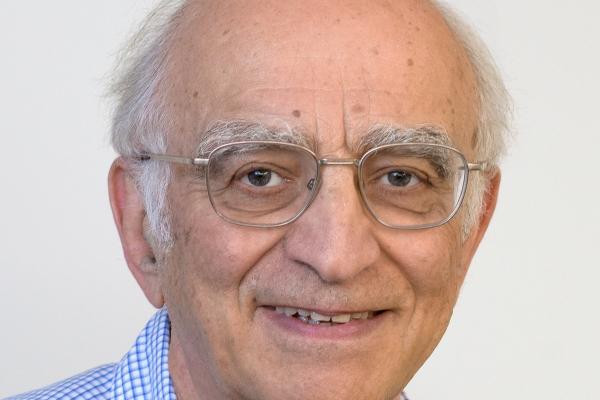
Professor Boris Shklovskii
University of Minnesota
Half-century of Efros-Shklovskii Coulomb gap. Romance with Coulomb interaction and disorder
Location: Zoom
password: 3.14159
Faculty Host: Brian Skinner
Abstract: The Efros-Shklovskii (ES) Coulomb gap in the one-electron density of localized states and the ES law of the variable range hopping conductivity were coined 50 years ago. This talk reviews the subsequent experimental evidence, theoretical advancements, and novel applications of the ES law. Out of hundreds of experimental validations of the ES law in a diverse range of materials, I focus on those where the dynamic range of conductivity exceeds four orders of magnitude. These include three- and two-dimensional semiconductors under both zero and high magnetic fields, localized phases in the quantum Hall effect, granular metals, nanocrystal arrays, and conducting polymers. Additionally, I discuss the non-ohmic ES law and the Coulomb gap near insulator-metal transition.
Bio: Boris Shklovskii is the A. S. Fine Chair in Theoretical Physics at the University of Minnesota. Over a career ranging nearly 60 years he has made landmark contributions to the theory of semiconductors, the quantum Hall effect, and biological macromolecules. He is best known for co-discovering the Efros-Shklovskii law of variable range hopping in insulating materials. Prof. Shklovskii was awarded the APS Buckley Prize in 2019 and is a member of the National Academy of Sciences.
